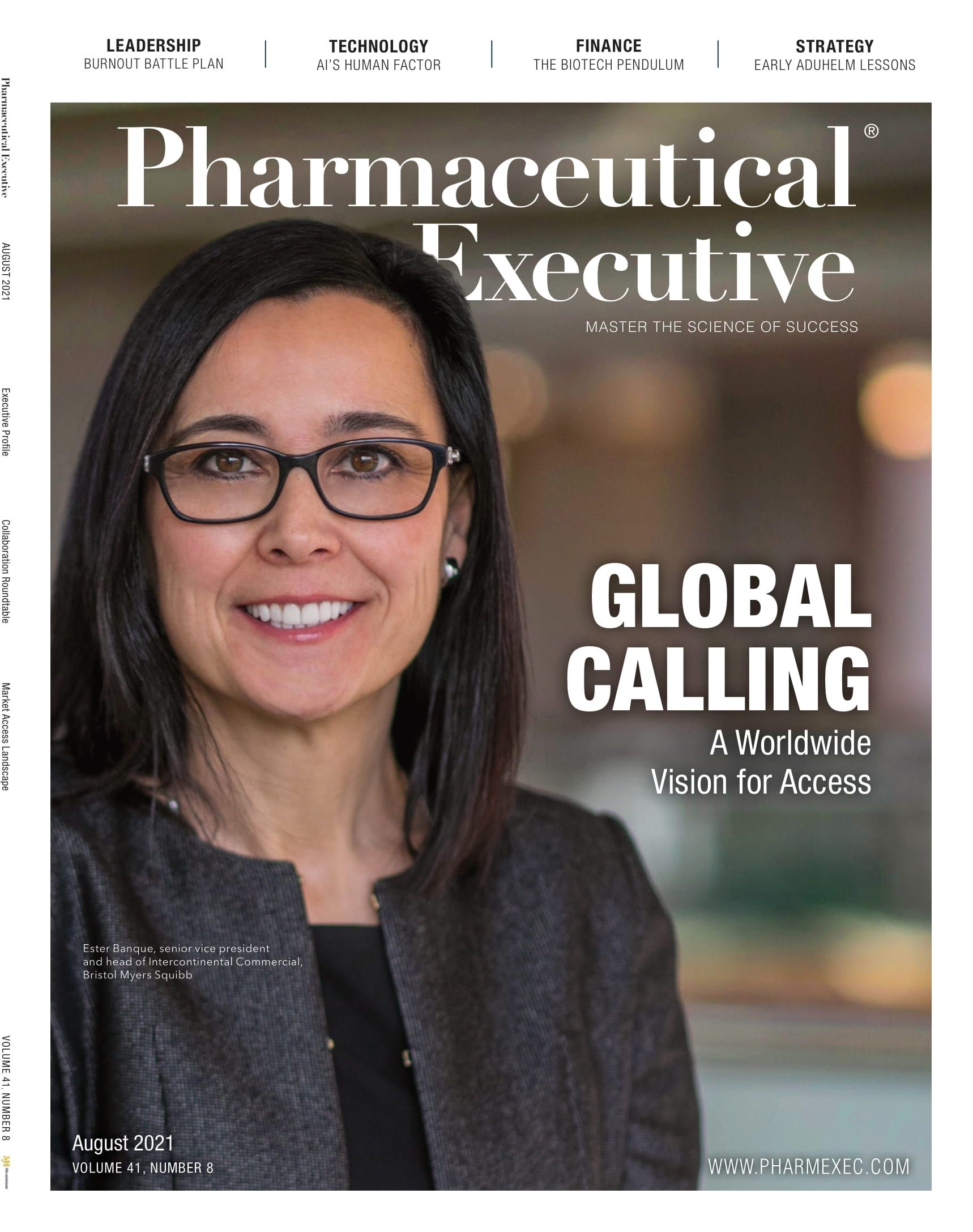Early Payer-Related Lessons for Pharma Post-Aduhelm Approval
Initial coverage discussions put the focus on three key factors.

News stories addressing FDA’s approval of Biogen Alzheimer’s treatment Aduhelm have concentrated on controversy surrounding the decision.
Rather than the FDA, the focus in this article is on payers and early Aduhelm views signaling potential developments shaping future management of high-cost treatments for orphan diseases. It is based on 10 Medicare Advantage interviews from market research following FDA approval for the original, “Alzheimer’s” label—that is, prior to the revision limiting Aduhelm to mild cognitive impairment or mild dementia.
Early discussions on Aduhelm coverage put the spotlight on three health plan business factors that may justify pharmaceutical executive attention going forward: 1) reauthorization, 2) divide between mild and moderate and 3) comparability enabling competition. Each is discussed ahead.
Reauthorization
Respondents were asked to estimate the Aduhelm reauthorization rate for mild and moderate patients over the 2021-2022 period. Mild was 78%; moderate 53%. With the label change, “moderate” has less relevance now but that estimate, along with mild, is instructive because of Aduhelm’s questionable efficacy, high cost, and potentially large patient population.
The idea that roughly three out of four mild Alzheimer’s patients and one out of two moderate would be reauthorized suggests the reauthorization function has not separated practices for established treatments from practices for early stage breakthrough treatments. For the latter, reauthorization may be in its own early stage of development.
As more high-cost gene and cell therapies and other breakthroughs enter the market, and as artificial intelligence and sophisticated biomarkers are woven into reauthorization, the suggestion here is that reauthorization will become more demanding, requiring greater brand team attention in the future.
Divide between mild and moderate
Early health plan thinking on Aduhelm also points to a future need for brand teams of breakthrough treatments to pay greater attention to the line separating mild from moderate. Respondents were asked, for example, to estimate the distribution of prior authorization (PA) “requests” by Alzheimer’s acuity. Average was 55% mild, 27% moderate, and 18% severe. Significantly, knowing tighter than label parameters would apply until CMS’ national coverage determination, respondents still estimated PA “approvals” to be 72% mild, 22% moderate, and 6% severe. The explicit implication is payers anticipate moderate and severe Aduhelm demand and PA approvals when the science justifies mild.
Less obvious and potentially more important is that respondent thinking suggests brand strategy for early-stage breakthrough treatments may need to target a narrow mild patient population and build out over time.
Put differently—and trial data is a big variable—the Aduhelm experience suggests that brand strategy balances different priorities: value for payers; access to breakthrough treatment for patients; and volume plus improving patient outcomes for manufacturers.
The suggestion here is that the path through this maze involves a distinct concept of market share: growing market share of optimal outcomes—very different from growing market share and improving outcomes. The larger the patient population, the more necessary this application of precision medicine may be.
Comparability and competition
A third lesson from early payer insights is that even in the rarefied air of FDA-approved treatments for dire conditions, payers are willing to advantage a new product over an incumbent. All 10 respondents, for example, indicated that for lower cost they would disadvantage Aduhelm if an alternative is comparable.
This is where payer views suggest comparability as a strategic variable when early stage breakthrough treatments face competition. What is the threshold on clinical benefit and outcomes for challenger to be favored over incumbent? Is there a gray area? Are there critical differences?
As more drugs obtain the same indication for orphan diseases, payer willingness to favor one product over another suggests that brand teams with mastery over comparability will be better positioned for competitive threats in the future.
Ira Studin, PhD, President, Stellar Managed Care Consulting. He can be reached at istudin@stellarmc.com.

Streamlining the Path to Market for Novel Therapies: 5 Strategies for Success
October 15th 2021While advanced therapy medicinal products (ATMPs) hold great promise, the path to exploiting the technology has been challenging. Christian K. Schneider outlines the five strategies that must be considered to increase the success rates of development programs, while avoiding some of the common pitfalls.
Streamlining the Path to Market for Novel Therapies: 5 Strategies for Success
October 15th 2021While advanced therapy medicinal products (ATMPs) hold great promise, the path to exploiting the technology has been challenging. Christian K. Schneider outlines the five strategies that must be considered to increase the success rates of development programs, while avoiding some of the common pitfalls.
2 Commerce Drive
Cranbury, NJ 08512
All rights reserved.